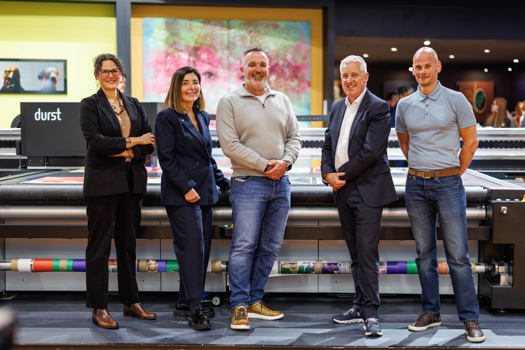A petition against the use of tallow in the polymer £5 set up by vegan Doug Maw has now garnered more than 115,000 signatures.
Having initially played down the issue, the Bank of England subsequently updated its position as the clamour for change grew.
In a statement it said: “We are aware of some people’s concerns about traces of tallow in our new five pound note. We respect those concerns and are treating them with the utmost seriousness. This issue has only just come to light, and the Bank did not know about it when the contract was signed.
“Information recently provided by our supplier, Innovia, and its supply chain shows that an extremely small amount of tallow is used in an early stage of the production process of polymer pellets, which are then used to create the base substrate for the five pound note. Innovia is now working intensively with its supply chain and will keep the Bank informed on progress towards potential solutions.”
Innovia Films, which had initially declined to say whether or not it was possible to remove the tallow, has also now updated its stance.
It said: “We are currently in active discussions with our suppliers for them to develop alternative additives using vegetable based ingredients.”
There are “tiny traces of tallow” in additives used to create the polymer, and the additives make up less than 1% of the resin.
Speaking on BBC Radio 5 Live last night, Maw said he had been contacted by people from all over the world with similar concerns.
“It looks like it’s been taken seriously [by the Bank of England] so that’s a good sign,” he said.
Maw also stated that the Bank of Scotland had assured him that its polymer notes – printed on De La Rue’s Safeguard substrate – were vegan.
However, De La Rue is yet to confirm this itself and had not commented at the time of writing.










